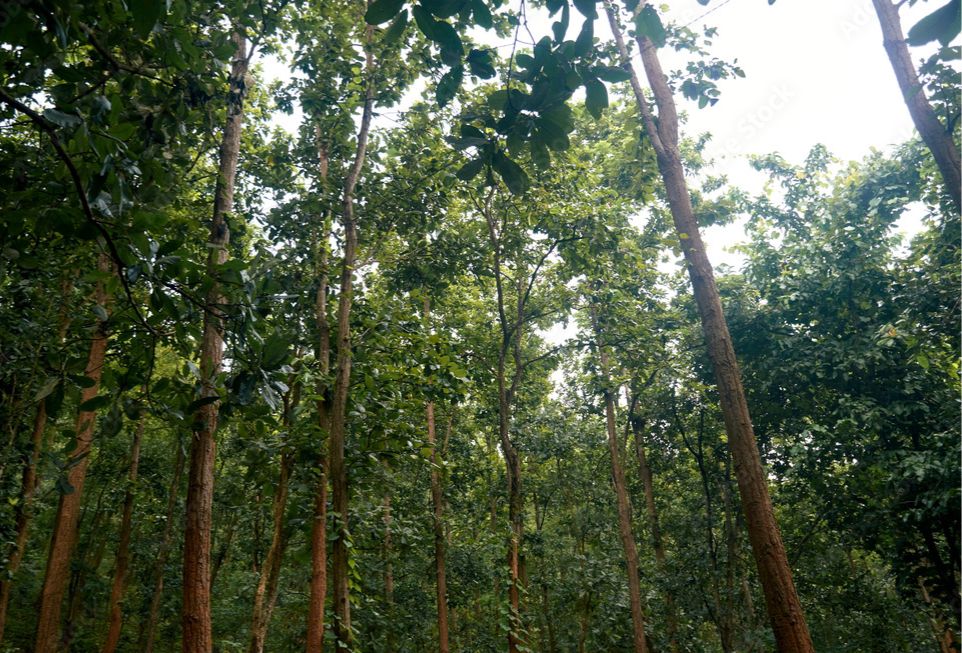A recent study has shaken things up in South Bengal, revealing that Jungle Mahal—the region's largest green space—has lost more than half of its dense forest cover in just thirty years. Researchers attribute this alarming 59.43% decline in traditional sal forests from 1992 to 2022 to ongoing deforestation, agricultural expansion, and infrastructure development.
Key Highlights
• Satellite images and ground surveys conducted across 130 forest pockets in Jhargram and West Midnapore districts show a dramatic reduction in dense forest cover, with villages like Belia and Deluha experiencing losses of up to 97% of their forests.
• This loss is fueled by population growth, land being converted for farming, road construction, and new settlements, along with government-led development initiatives.
• Monoculture plantations have not succeeded in restoring biodiversity, prompting experts to call for a return to native species such as sal, kendu, and mahua.
• The decline has severely impacted forest-dependent tribal communities, jeopardizing their traditional livelihoods and accelerating the degradation of the ecosystem.
Outlook
With World Environment Day highlighting the urgency of the situation, experts emphasize that only large-scale reforestation using native trees can help restore Jungle Mahal’s ecological balance and support its communities.
Source: The Telegraph India
